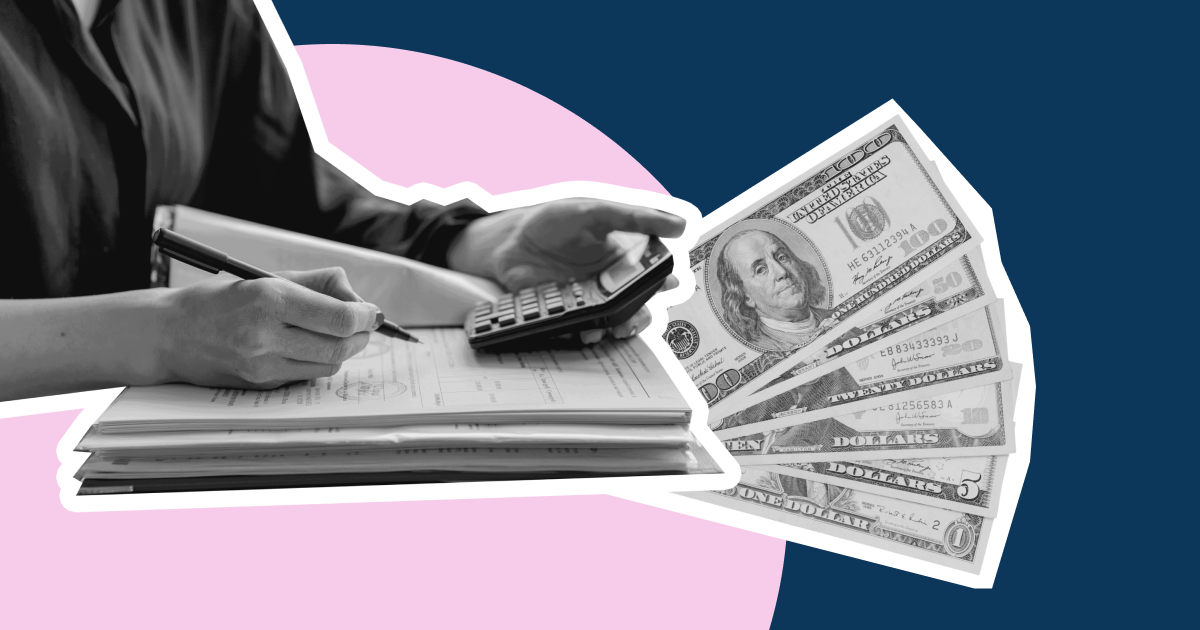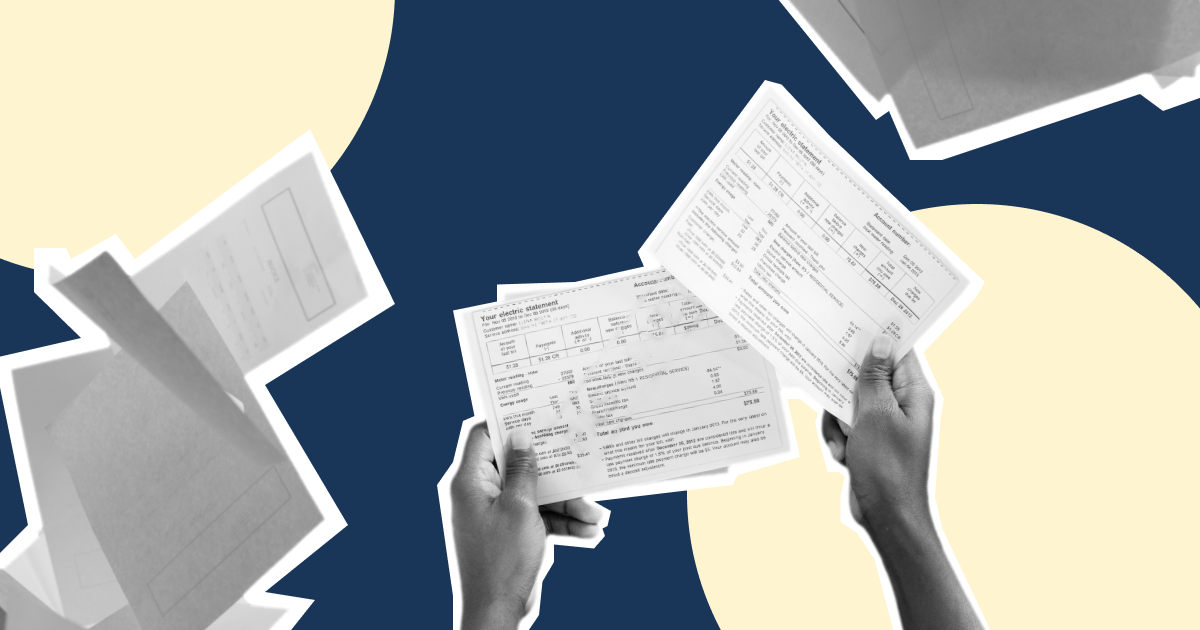Summary
What is Ending Finished Goods Inventory?
Ending Finished Goods Inventory is the stock of products that are ready for sale but not yet sold. Before producing the products, calculate the basic costs of materials, direct labor costs, and overhead budgets to develop a budget for these goods.
Why Do We Need Ending Finished Goods Inventory Budget?
The ending finished goods inventory budget is very important for the company because it can provide a value for each unit produced based on raw materials, direct labor and overhead.
Use this information and data to complete the cost of goods sold budget. In fact, these two budgets are necessary to complete a balance sheet.
Not only that, this information is one of the factors required to determine the price of goods to be sold. In order to cover all costs and make profits, the company certainly needs to know how much money is needed to produce each item in a business’ inventory.
Its Role in the Operating Budget
Businesses of various scales require an operating budget as one of the two components of the master budget. This budget describes the company's revenues and expenses, which include sales and the finished goods inventory. The other part of the master budget is the financial budget. It shows the inflows and outflows of cash and other elements of the company's financial position.
First, prepare the operating budget.
It needs information from the operating budget to make a financial budget.

A Sample Budget
As an example, we can consider a small business that produces pottery. The pottery business is a manufacturing business that uses two main materials: the clay and coloring for the clay.
Direct materials
For example, the cost of clay for each product is around $10, and the cost of colouring for each product is $5.Total cost of direct materials per unit is $15.
Direct labor
For example, every product takes about 2 hours to produce. The hourly rate for a worker is $10.Total direct labor cost per unit is $20.
Overhead
Every business has fixed overheads that may vary. The pottery business, for example, has a fixed overhead of $30 per hour and a variable overhead of $10 per hour. So, total is $40 per hour. It takes 2 hours to produce each unit.Total overhead cost per unit is $40 x 2 hours = $80.

Total cost
The total three numbers add up to $115 per unit. So, if you have 200 units of these finished inventories that have not been sold, your ending finished goods inventory budget would be $23.
How Does Volume Impact This Cost?
The numbers in the example above are impacted by volume. In terms of materials, raw material costs will be lower, by volume, the more that a business buys.
Direct labor is also impacted by volume. In many cases, workers can be more efficient, to a certain point, when producing a larger number of goods.
While it is then logical from a financial perspective to produce as many products as possible, a company also needs to consider realistic sales goals. Abundant inventory of finished goods will have no use, if not met by the market demand.
Any savings obtained by dealing a larger volume will not increase profits if production exceeds consumer demand or the ability of the sales staffs to sell the products.
How to Calculate Ending Finished Goods Inventory Budget for a Manufacturing Company?
Calculating the finished goods inventory for a manufacturing company requires the use of simple mathematical formulas. It requires the company's inventory and production records to complete.
In essence, your finished goods is the number of goods that you have at the beginning of the period, plus any added manufactured goods throughout the period, minus the manufacturing costs of any goods sold during that period.
The formula for calculating finished goods inventory is:
Beginning Finished Goods Inventory + Cost of Goods Manufactured - Cost of Goods Sold
1. Check Inventory Records
Check the company inventory records for the finished goods inventory for the previous period. Use this amount as your finished goods inventory for the beginning of the current period for the calculations. For example, if last year ended with IDR 100,000 in finished goods, then use this amount as your starting point.
2. Add Cost of Manufactured Goods
Now, add to your goods inventory the cost of goods manufactured during the calculation period.Make sure you include all costs, from material costs, direct labor costs to overhead costs.
The total will give you your total inventory value during that period. If you started with $10 in inventory, added $15 in new goods, then your total inventory for that period is $60.
3. Subtract Cost of Goods Sold
Subtract the cost of goods sold during that period from your total inventory to calculate the finished goods inventory for a new period.
From the $60 inventory, if you sold goods that cost you $50 to produce during that period, then your finished goods inventory for the period is $10.

Using the Calculation
Calculating the finished goods inventory is an important process for calculating inventory ratios. In the end, this helps you understand the value of the goods in your inventory.
This helps to assess the valuation of a business for sales and as a consideration in projecting potential profits against the assumed sales of the finished goods.In particular, a manufacturing company can use the finished goods inventory budget to calculate the rate of production for new units.
If the amount of finished goods inventory exceeds the rate of sales, the manufacturing company must slow down production. Conversely, if value of the finished goods is under serving the potential market, the production rate must increase.
Conclusion
The definition of 'finished goods inventory budget' is the calculation of the costs of goods that have been completed and are ready to be marketed. However, these goods are still not sold and remain stored as reserves.
The finished goods inventory budget must always be updated and then recorded by the accounting team so the company can always determine the value of its finished goods inventory accurately.
Psst... You might also be interested in: Difference Between Profit and Cash Flow
At Aspire
We envision a world where business owners have fast and simple access to the funding they need to grow. That’s why we’re on a mission to re-invent finance for SMEs across Southeast Asia.
Our current product provides SME and startup owners in Singapore with financial flexibility through a line of credit of up to S$150k. Which, can also be used to make business payments to enjoy 60 days free credit terms.
With no monthly fees or obligations to withdraw, you only pay interest on the amount you end up using. Opening an account is free and can be done online here.










%201.webp)


.webp)